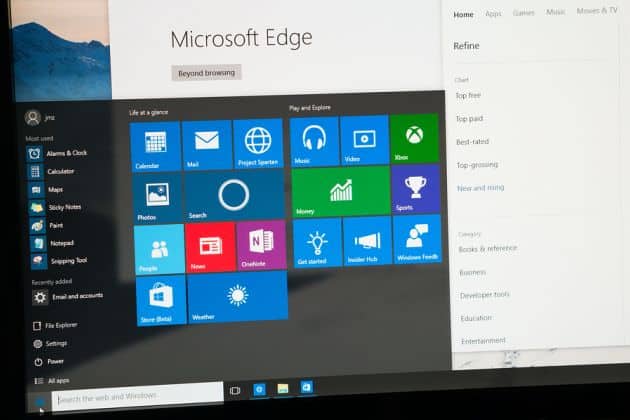Six months after the update became available for the first time (briefly), Microsoft officially gives its blessing for a broad roll-out of the Windows 10 October 2018 Update (1809) within companies. In the meantime, the next version (1903) is ready for publication next month.
Microsoft shares the news in a short blog post. Windows 10 1809 has finally made the transition from Semi-Annual Channel (Targeted) (SAC-T) to Semi-Annual Channel (SAC). SAC systems will not automatically receive a feature update until a few months after its launch in the SAC-T channel, when Microsoft is certain that the update can be rolled out safely in a critical business environment. It usually takes two to three months, but the October 2018 Update took almost six months.
Microsoft finalized the code of the update as early as September and placed the installation files online for the first time at the beginning of October. However, they had to be taken offline soon after, due to a bug that made files disappear. Microsoft solved the problem, promised to restore the lost files and felt confident enough in mid-November to put the update files back online. 24 hours later, however, bugs were found again and Microsoft blocked the update on a lot of machines.
It wasn’t until mid-December that the October update was offered again via Windows Update for users who manually search for new updates. Since mid-January, a phased automatic rollout has been underway and only now does Microsoft consider the Windows 10 October 2018 Update safe enough to roll out in critical business environments.
Next update
Today, only a quarter of all Windows 10 systems run on Windows 10 1809. This number could now be boosted if companies decide to install the update. In the meantime, however, everything points to the imminent launch of Windows 10 1903, the next major feature update, which suggests that many systems will simply skip the problematic October update.
The whole system of SAC and SAC-T will soon be overhauled. Since Windows 10 1903, Microsoft has put all systems on the Semi-Annual Channel by default. However, IT administrators can still set a period of time to postpone the update by a number of days that they have set themselves. You can read more details in this article that we wrote in February.
Related: Windows 10 updates for businesses become less confusing
This news article was automatically translated from Dutch to give Techzine.eu a head start. All news articles after September 1, 2019 are written in native English and NOT translated. All our background stories are written in native English as well. For more information read our launch article.